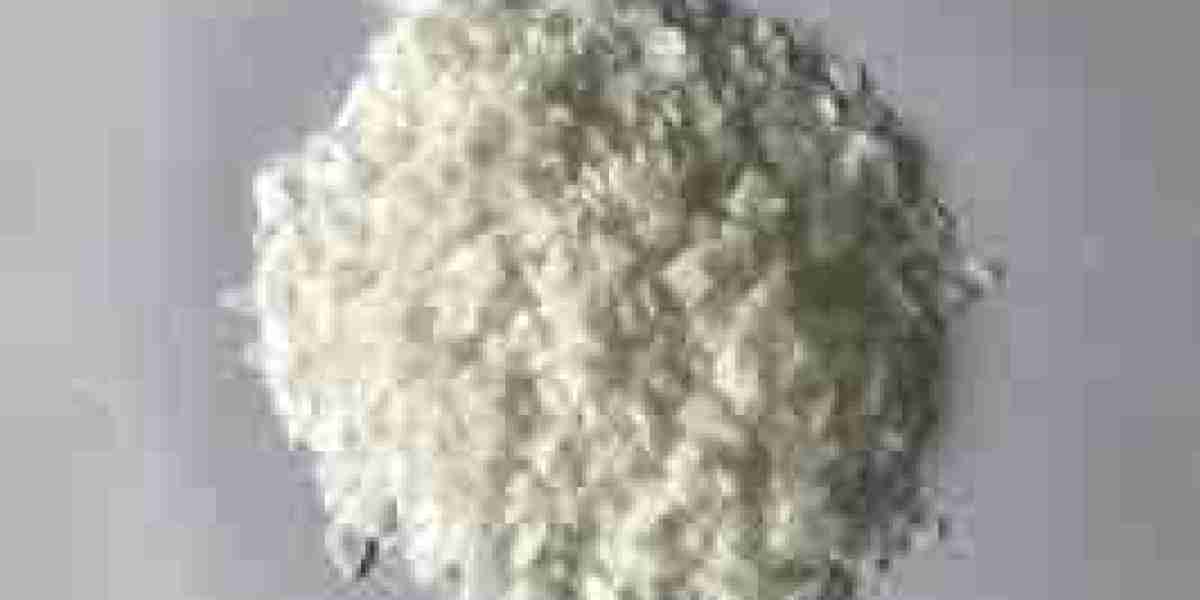The Polyethylene Wax Market is undergoing a transformation due to tightening environmental regulations and increasing demand for sustainable product alternatives.
Introduction: A Market Under Environmental Scrutiny
Polyethylene wax (PE wax), widely used in plastics, coatings, inks, adhesives, and rubber, is closely tied to the petrochemical value chain. As environmental concerns grow, so do the pressures on producers and consumers to shift toward cleaner, greener, and safer alternatives. Regulatory frameworks worldwide are becoming stricter, requiring compliance in production methods, raw material sourcing, emissions, and product safety.
This blog explores how global regulatory trends and sustainability efforts are influencing the production, distribution, and future direction of the PE wax market.
Global Regulatory Frameworks Affecting the Market
1. REACH (Europe):
The Registration, Evaluation, Authorisation and Restriction of Chemicals (REACH) regulation affects PE wax used in the EU. Manufacturers must provide detailed safety data, usage guidelines, and ensure low-risk formulations.
2. EPA (United States):
The Environmental Protection Agency regulates emissions and safety standards for polyethylene-derived products. VOC (Volatile Organic Compound) limits directly affect the types of waxes that can be used in coatings and inks.
3. RoHS & WEEE Directives:
These restrict hazardous substances and promote eco-friendly components in electrical and electronic applications, indirectly impacting PE wax formulations in cable coatings or insulating materials.
4. GHS Standards (Globally):
The Globally Harmonized System of Classification and Labelling of Chemicals requires standardized hazard communication. PE waxes must now be accurately labeled and documented for safe use.
5. Country-Specific Regulations:
Countries like China and India are implementing stricter pollution control and chemical usage policies. Local regulations are guiding the adoption of greener production methods.
Environmental Challenges in PE Wax Production
1. Petrochemical Dependency:
PE wax is a byproduct of petroleum-based processes. Concerns around fossil fuel use and carbon emissions are pushing producers to find more sustainable methods.
2. Emissions and Waste:
Traditional wax manufacturing processes can release greenhouse gases and chemical residues. Waste disposal regulations are now forcing companies to adopt cleaner production lines.
3. Recycling Limitations:
Not all PE wax products are recyclable, especially when used in combination with other non-recyclable additives. This has raised concerns among environmentally conscious buyers.
Sustainability Trends Reshaping the Market
1. Rise of Bio-Based PE Wax:
Derived from plant-based ethylene or sugarcane, bio-based PE wax is gaining popularity, especially in Europe and North America. Though more expensive, it meets environmental standards and brand sustainability goals.
2. Water-Based Emulsions:
Replacing solvent-based formulations, water-based PE wax emulsions reduce VOC emissions and improve workplace safety, aligning with health and sustainability targets.
3. Circular Economy Initiatives:
Producers are exploring ways to reclaim wax from industrial processes and repurpose it. This reduces waste and raw material demand.
4. Energy-Efficient Manufacturing:
Green energy integration in production facilities is becoming common. Using solar, wind, or low-emission power sources reduces the environmental impact.
Consumer and Industrial Pressure
Sustainability isn’t driven by regulation alone. Industrial buyers and end-users are demanding cleaner alternatives:
Coating and packaging manufacturers are under pressure to meet environmental certifications like Green Seal or EcoLabel.
Textile and cosmetic brands increasingly require eco-friendly inputs to meet their sustainability pledges.
Automotive and electronics sectors focus on recyclability and reduced toxicity in materials.
This consumer demand accelerates innovation and adoption of cleaner PE wax alternatives.
Implications for Manufacturers and Suppliers
1. Compliance Costs:
Adapting to new regulations requires investment in R&D, documentation, and quality assurance. Small and mid-sized firms may find it challenging to stay competitive without adequate resources.
2. Product Innovation:
Firms investing in environmentally safe wax grades (e.g., low-VOC, bio-based, water-soluble) are likely to gain competitive advantage and early access to eco-conscious markets.
3. Certification and Transparency:
Providing third-party certifications (e.g., ISO 14001, USDA BioPreferred) helps build trust and meet procurement standards set by regulatory bodies and private organizations.
4. Market Access Risks:
Non-compliance can lead to export restrictions, legal liabilities, and damaged brand reputation, especially in regulated regions like the EU or North America.
Strategic Recommendations
To succeed in a regulation-driven and sustainability-focused market, stakeholders should:
Invest in clean technology and sustainable raw material sourcing
Develop and promote certified eco-friendly wax products
Engage in transparent labeling and supply chain documentation
Educate buyers on environmental benefits and compliance credentials
Conclusion: A Market in Sustainable Transition
The polyethylene wax market is no longer just about performance—it’s about responsibility. With regulations tightening and sustainability driving procurement decisions, companies that align with global environmental standards will be the ones that lead in the next phase of market evolution.



